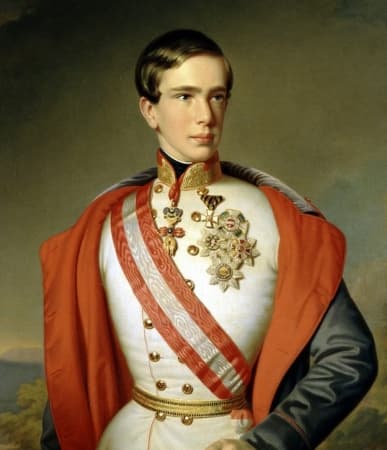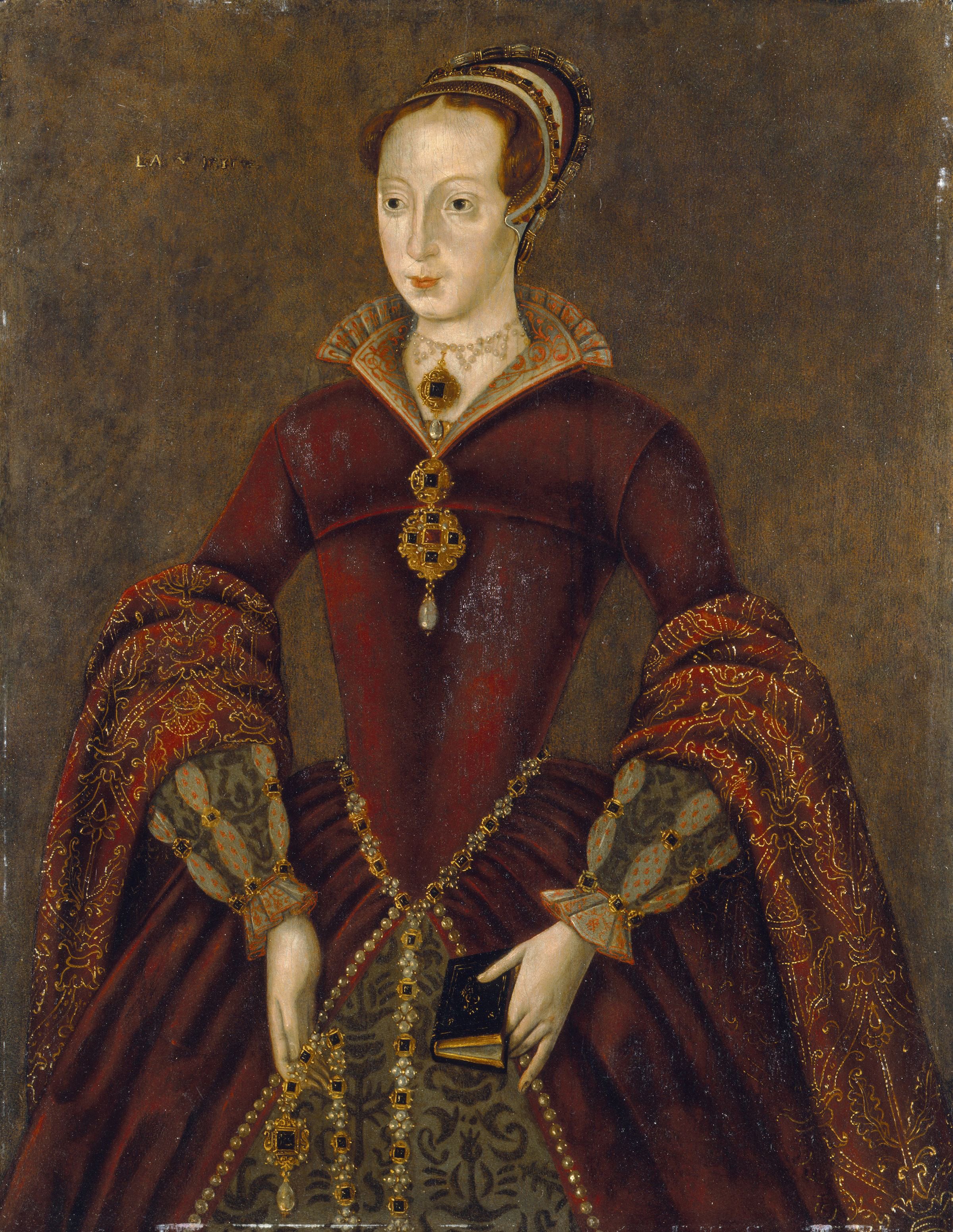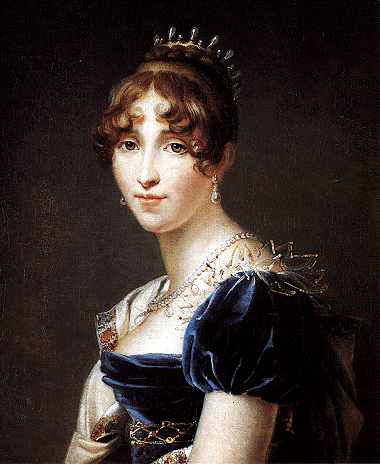Catherine of Aragon
Queen of England and first wife of Henry VIII
who was catherine of aragon?
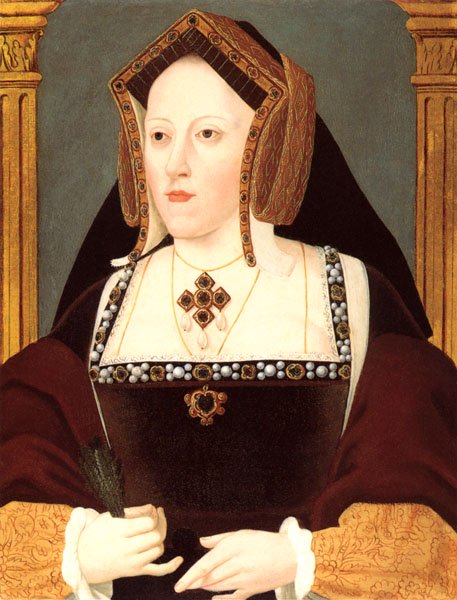 Catherine of Aragon, first wife of Henry XVIII
Catherine of Aragon, first wife of Henry XVIIICatherine of Aragon is best known for being the first wife of King Henry VIII of England, you know, the king with the six wifes.
Catherine was one of the wives who survived Henry VIII, but she was forced to divorce him when he fell for Anne Boleyn.
Henry VIII of England and Catherine of Aragon were married for nearly 24 years. Catherine's refusal to accept the annulment of their marriage made her a symbol of Catholic resistance to Henry's reforms. She was also a popular figure with the English people, who admired her piety and courage.
One of the lesser-known facts about Catherine of Aragon is that she was first married to Henry VIII's older brother, Arthur, Prince of Wales. The marriage was brief, as Arthur died shortly after. Catherine then married Henry VIII, and the couple remained married for over 20 years.
Catherine of Aragon died on January 7, 1536, at the age of 50. She was buried at Peterborough Cathedral.
DISCLOSURE: I get commissions for purchases made through some of the links in this article.
Arthur Tudor and Catherine of Aragon
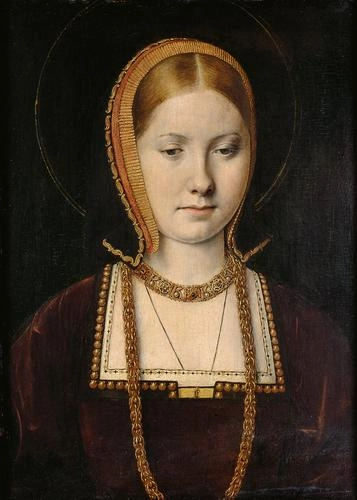 Catherine of Aragon c. 1502
Catherine of Aragon c. 1502Catherine of Aragon is born as the Spanish princess Catalina on 16 December 1485 in the Archbishop’s Palace of Alcalá de Henares in Spain. Her mother is Isabella I of Castile and her father is King Ferdinand II of Aragon. Catherine had four older sisters, but only one of them, Juana, survived to adulthood.
Catherine's childhood was marked by both luxury and hardship. She was raised in the royal court, where she received a privileged education. She was taught to read and write in multiple languages, including Spanish, Latin, and French. She also studied music, dance, and etiquette.
However, Catherine's childhood was also marked by political turmoil. Her parents were determined to unite Spain into a single kingdom, and they faced many challenges in doing so. Catherine was often used as a pawn in her parents' political machinations.
Like all daughters of royals, her main duty was to get a good marriage. Her parents did not waste any time, and little 3-year-old Catalina was betrothed to Arthur, Prince of Wales. Arthur is the eldest son of King Henry VII of England and Elizabeth of York, and heir to the throne of England. He is 2 years old at the time.
Luckily for the young couple, the marriage only took place some 13 years later, when the kids were 15 and 16 years old. Until then Catherine spends her child hood in Seville and the Alhambra Palace in Granada.
You can read the story of Catherine in two books by bestselling historical writer Philippa Gregory; The Constant Princess and The King’s Curse.
Or you watch The Spanish Princess, a historical drama series based on these books.
In 1501, when Catherine was 15 years old, she traveled to England to marry Arthur. They had never met before the wedding, but wrote letters.
Arthur and Catherine lived at Ludlow castle after their marriage. Only 5 Months later, Arthur dies of an unknown disease. Catherine of Aragon is a widow of only 16 years old.
Both her parents and parents-in-law are keen on keeping the relationship between Spain and England (against France) intact. Catherine cannot wait to mention that the marriage with Arthur was not consummated (which is likely given their age).
Catherine was then betrothed to Arthur's younger brother, Henry, who would later become King Henry VIII.
Catherine's arrival in England was a major event. She was greeted with great fanfare, and she quickly became a popular figure at the English court. She was known for her beauty, her intelligence, and her piety. She was also a skilled diplomat, and she played an important role in maintaining the alliance between England and Spain.
Catherine and Henry Tudor
After the death of her first husband, Prince Arthur, Catherine remains in England at the court of King Henry VII for several years. She was given a household of her own, but her situation was uncertain. In this period she was ambassador of the Aragonese crown to England, the first known female ambassador in European history.
In 1507, Catherine's parents, King Ferdinand II of Aragon and Queen Isabella I of Castile, negotiated with King Henry VII to secure Catherine's future. It was agreed that Catherine would remain in England, and that Henry would marry her when he came of age. In the meantime, she was given a stipend and was housed in various royal residences, including Richmond Palace and the Tower of London.
After Henry VIII came to the throne in 1509 and married Catherine, she became Queen of England. She was 23 years old, Henry was 17 years old.
Being married to your first husband's brother must be a bit awkward, more so given the fact that Catharine was older than her 17-year-old King. But the years went by and the couple seemed pretty happy with each other.
Catherine got pregnant at least 7 times over the next 20 years. Six times it went wrong; she had miscarriages, some children were stillborn and some died after only a few days.
Their first son, Henry, Duke of Cornwall, was born on 1 January 1511. He survived for 52 days. The only child to survive into adulthood was Mary (later Queen Mary I), who was born in 1516.
Enter Anne Boleyn, exit Catherine
Watch 'The Tudors', a historical fiction television series. The series evolve mainly around the reign of King Henry VIII.
As this must have been devastating for Catherine, the lack of children also began to worry King Henry. He needed an heir to the throne of England, and his wife was now almost passed her childbearing years, being in her early forties!
He needed a way out, and around around 1525-1526, Anne Boleyn caught his eye. Anne was a maid of honor in Catherine's court and in her early twenties, probably around 22 or 23 years old.
Anne had the ambition to ascend to the throne as queen, not to languish in the shadows as the King's mistress.
Now Henry had two reasons to get rid of Catherine. He needed a son and he needs to marry Anne in order to get her into his bed. A divorce would fix both problems at the same time!
As Catholics, divorce was out of the question. Henry made up a plot to get his marriage with Catherine annulled by the pope. Claiming that his marriage with the widow of his brother was wrong in the eyes of God, he appealed for an annulment. He did that on the ground that the annulment of Catherine's first marriage had been allocated without justification!
The pope did not agree and was not willing to cooperate.Of course, the reasoning was ridiculous since Henry had been married to Catherine without any restraint for nearly 24 years.
It took Henry almost 6 years to get his way and get rid of Catherine of Aragon. Catherine faced a lot of humiliating and painful years, where she was intimately questioned about her sex life with Arthur and Henry. She never gave in, insisting that her first marriage was not consummated and therefore was the legal wife of Henry VIII and the rightful Queen of England.
Catherine of Aragon is banned from the English Court
In the end, Henry took drastic measures. He broke with the Pope and the Catholic church and made himself head of the Church of England. This way he did not have to wait for the papal approval any longer.
The creation of the Church of England was a complex and momentous event that had a profound impact on England in many ways. It led to religious upheaval, political centralization, a new sense of national identity, and a shift in England's international relations.
The newly appointed Archbishop of Canterbury, Thomas Cranmer declared Henry and Catherine’s marriage void, giving Henry and Anne Boylin the opportunity to finally get married.
Catherine was banned from the court in 1533. She was no longer allowed to see her daughter Princess Mary until her death, only 3 years later.
Henry allowed her to use the title Dowager Princess of Wales, referring to her widowed status after the death of Prince Arthur. But Catherine reluctantly kept calling herself Queen of England, and her staff also addressed her that way.
She spent the last years of her life in exile in a single room at Kimbolton Castle. She left the room only to go to mass, spending her time praying and fasting. Henry offered her better accommodations if she was to acknowledge the fact that Anne was the new Queen, but she denied.
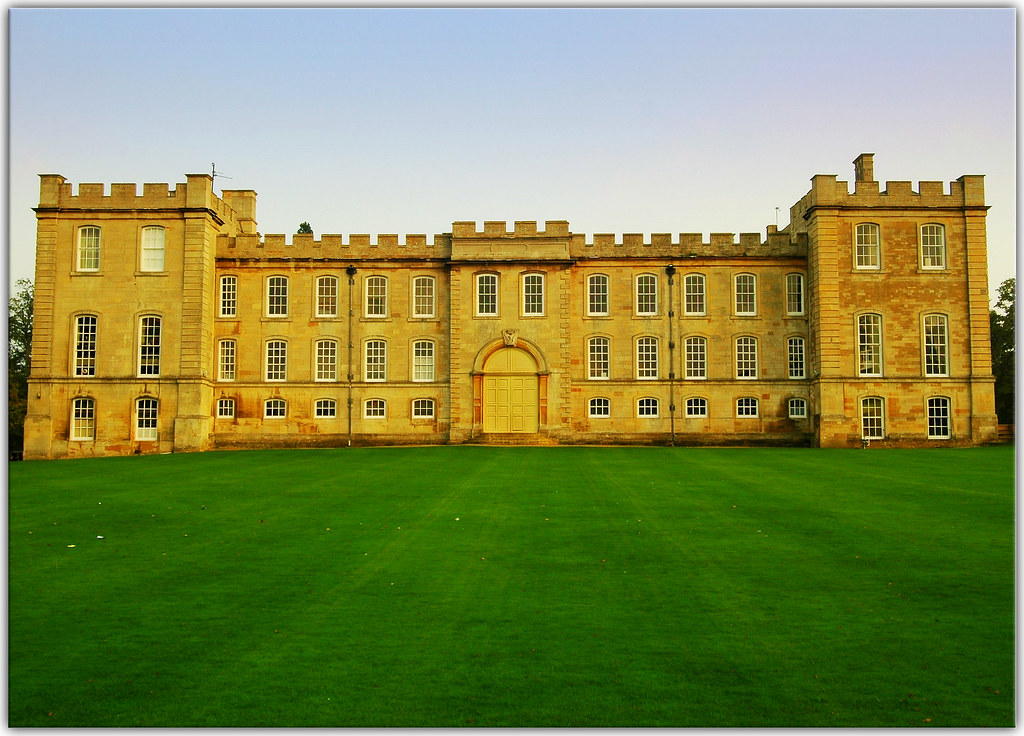 Kimbolton Castle
Kimbolton CastleDeath of Queen Catherine
Unlike two of the wifes of Henry XVIII, Catherine of Aragon was not executed. She died of natural causes on January 7, 1536 at the age of 50. She probably had cancer. This disease was not known by then and rumours of poison were going around.
Catherine's supporters were deeply grieved by her death. They saw her as a martyr for the Catholic faith and a victim of Henry VIII's tyranny. They also feared that her death would lead to further religious persecution in England.
Catherine's opponents, on the other hand, were relieved of her death. They saw her as a threat to the English Reformation and a symbol of the old Catholic order. They were also hopeful that her death would allow Henry VIII to marry Anne Boleyn and produce a male heir.
According to contemporary accounts, Catherine died peacefully, surrounded by her loyal servants. She reportedly refused to see Henry VIII or any of his representatives on her deathbed.
She was buried in the Peterborough Cathedral, with all the egards that suited a Dowager Princess of Wales...
She will be pleased to see that her tomb reads 'Katharine Queen of England' nowadays!
King Henry VIII, his heart hardened by years of conflict with Catherine of Aragon, refused to attend her funeral. He also forbade their daughter, Mary, from attending, showing his utter disregard for her feelings.
Traces of Catherine of Aragon
The palace were Catherine was born is the Palace of Alcalá de Henares in Spain.
It was severely damaged by a fire in 1939. You can take a virual tour thgrough a reconstruction of the palace!
The Alhambra and Nasrid Palaces in Granada are open to the public. It is Spain’s most-visited monument, so be sure that you are prepared for your visit. Buy your tickets online to avoid spending the day standing in line. It would be a waste of time as there is so much to see!
If you are not able travel to Granada in Spain you can visit the Alhambra online on Google Arts & Culture!
Move your cursor around to look around!
Ludlow castle is nowadays privately owned and open to the public. Though it is mainly a ruin you can rent self catering appartments in the Castle House, with names like: 'The Prince Arthur & Catherine of Aragon'!
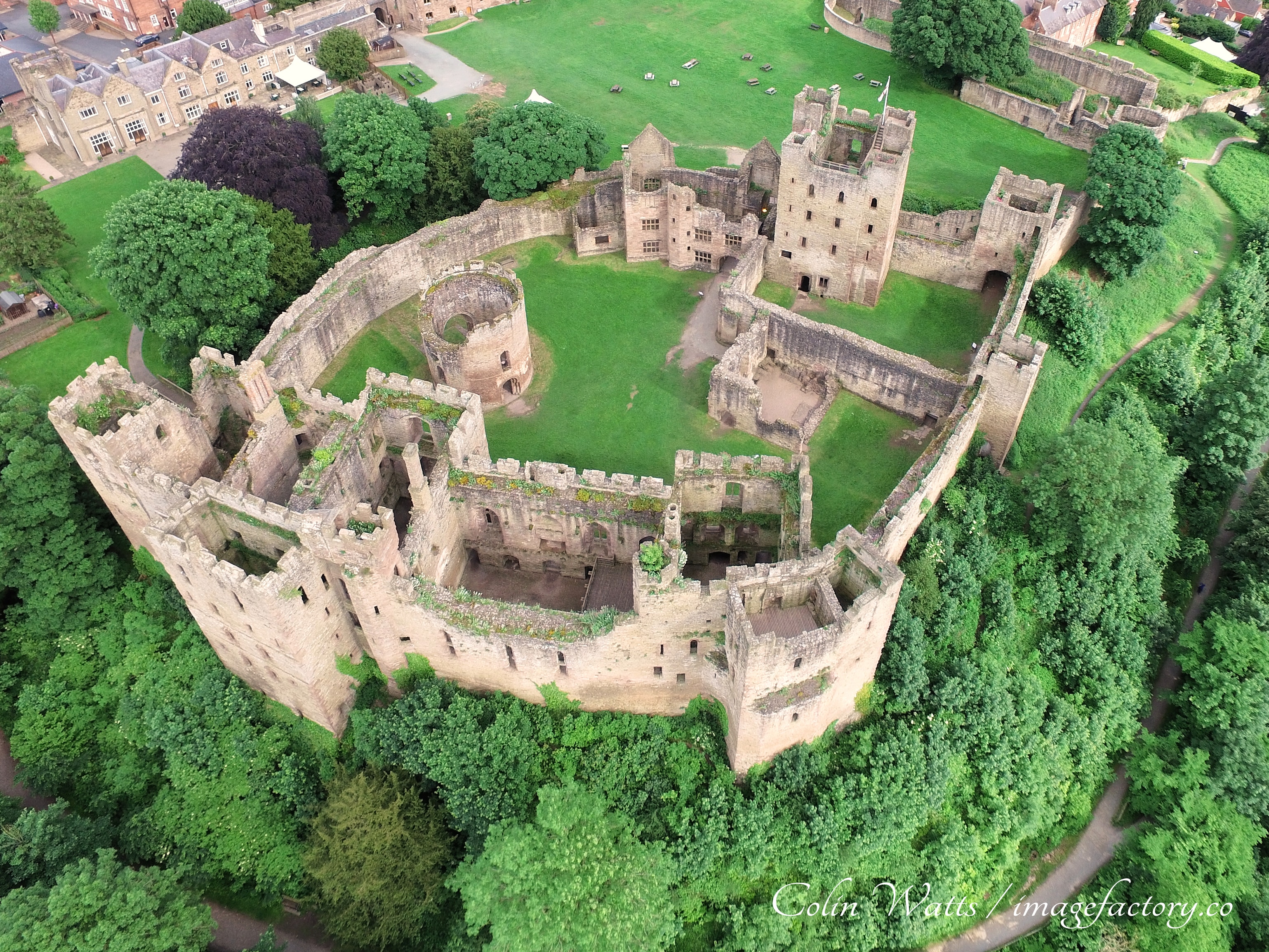 Ludlow Castle
Ludlow CastleKimbolton Castle is now a school but can be visited by groups and on public opening days that are mentioned on their website. The rooms where Catherine spent her last years can be visited, but they probably don't look the same because their present appearance dates from the 18th century.
Each year the Katharine of Aragon Festival is hosted by the Peterborough Cathedral to commemorate her. Find more details here. Catherine of Aragon still lies here today so you can visit her tomb.

